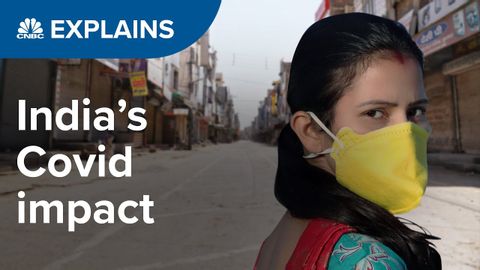
Subtitles & vocabulary
What’s next for India? | CNBC Explains
00
Summer posted on 2021/06/04Save
Video vocabulary
prioritize
US /praɪˈɔ:rətaɪz/
・
UK /praɪˈɒrətaɪz/
- Transitive Verb
- To rank things in importance
B1TOEIC
More situation
US /ˌsɪtʃuˈeʃən/
・
UK /ˌsɪtʃuˈeɪʃn/
- Noun (Countable/Uncountable)
- Place, position or area that something is in
- An unexpected problem or difficulty
A1TOEIC
More effort
US /ˈɛfət/
・
UK /ˈefət/
- Uncountable Noun
- Amount of work used trying to do something
- A conscious exertion of power; a try.
A2TOEIC
More contagious
US /kənˈtedʒəs/
・
UK /kənˈteɪdʒəs/
- Adjective
- Able to be passed on by touch
- (of a disease) able to be transmitted by infection.
C2
More Use Energy
Unlock All Vocabulary
Unlock pronunciation, explanations, and filters
